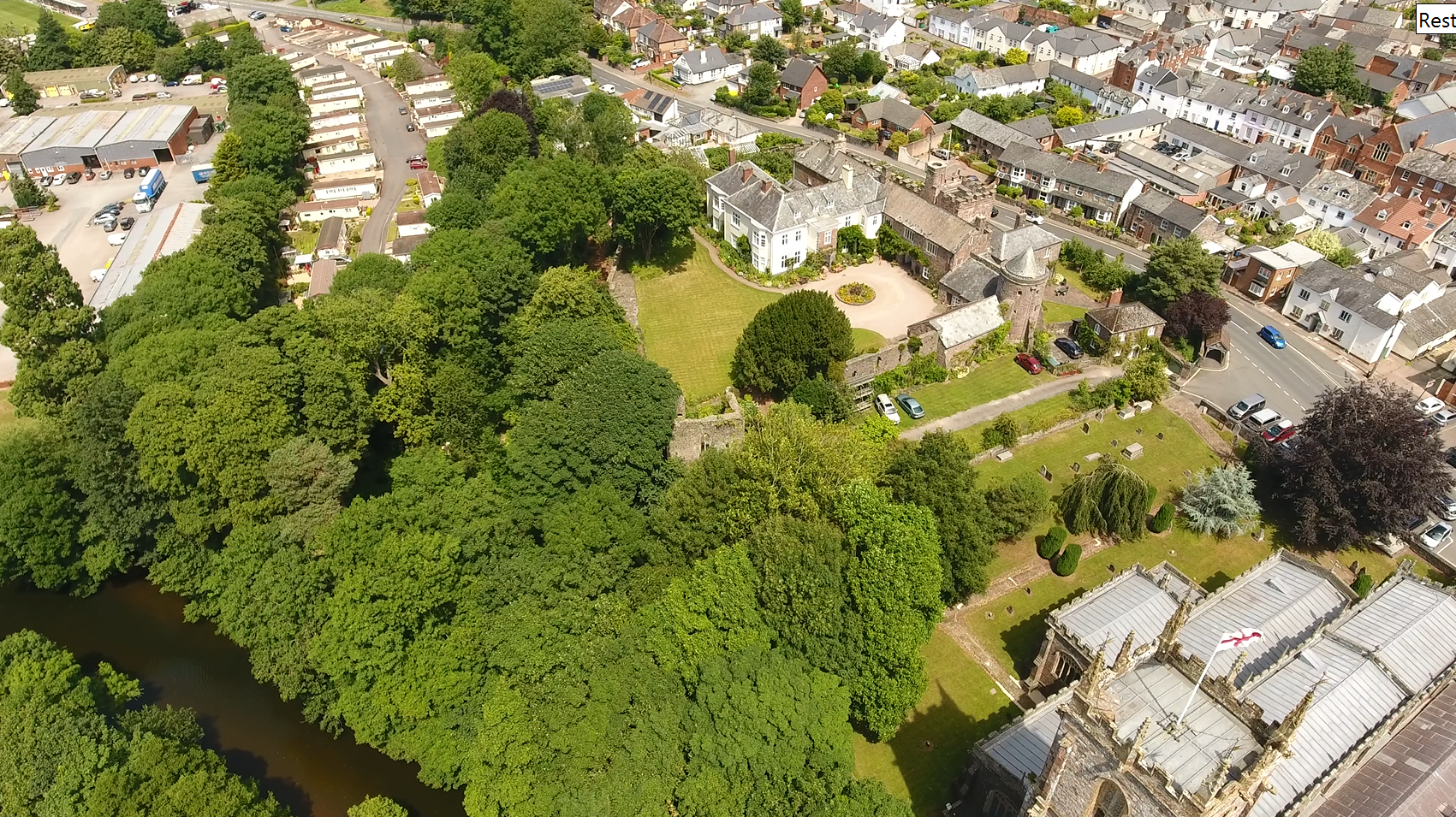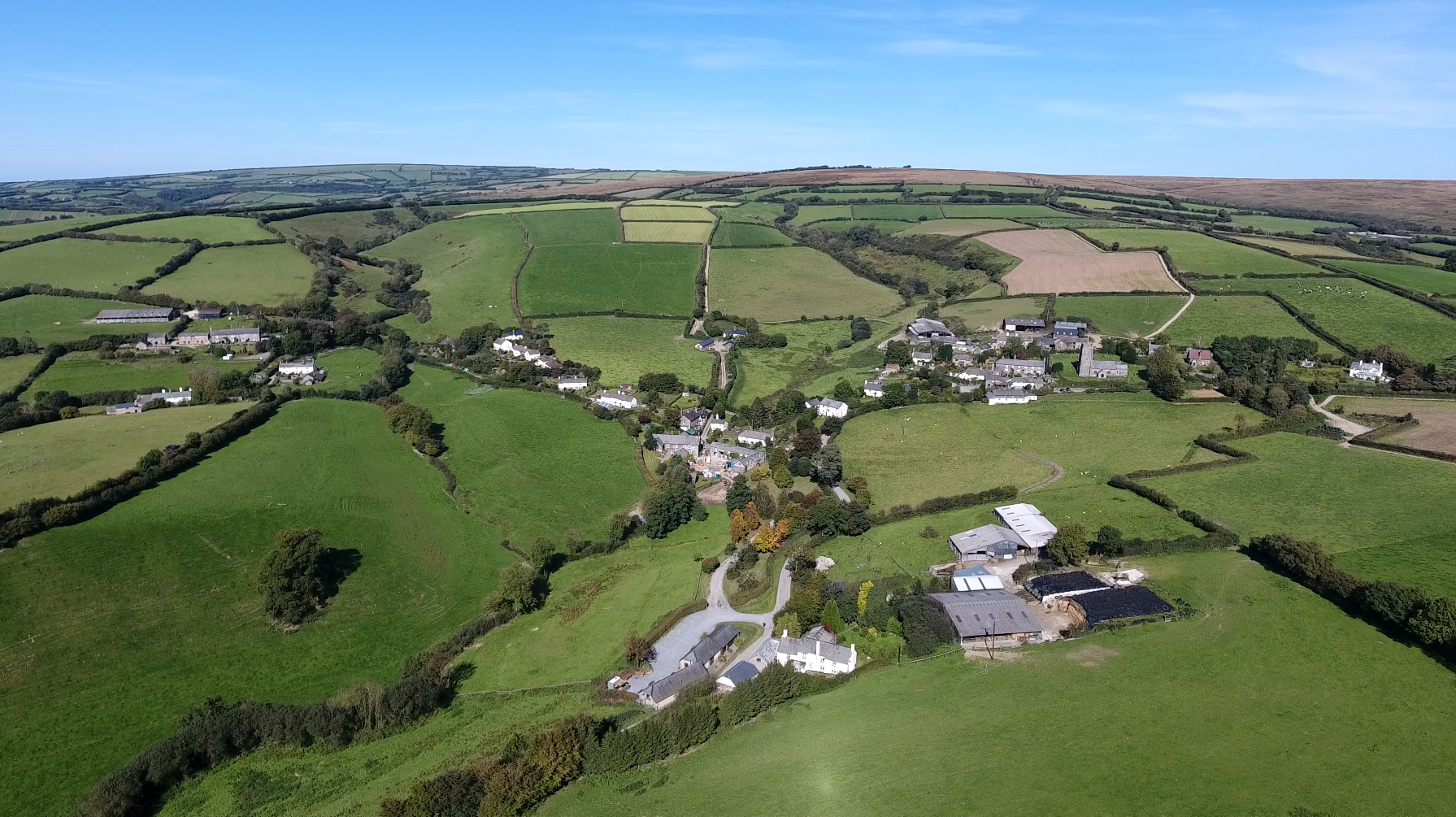|
Philip Courtenay (died 1463)
Sir Philip Courtenay (18 January 1404 – 16 December 1463) of Powderham, Devon, was the senior member of a junior branch of the powerful Courtenay family, Earls of Devon. Origins Courtenay was born on 18 January 1404, the eldest son and heir of Sir John Courtenay (died before 1415) of Powderham, by his wife Joan Champernoun (died 1419), widow of Sir James Chudleigh and daughter of Richard Champernoun of Modbury. He was the grandson of Sir Philip Courtenay ( – 1406) and therefore the great-grandson of Hugh de Courtenay, 2nd Earl of Devon (died 1377), and Margaret de Bohun (died 1391). He had a brother, Sir Humphrey Courtenay, who died without issue.Vivian, p. 246, pedigree of Courtenay Philip was heir to his uncle, Richard Courtenay (died 1415), Bishop of Norwich and also to his other uncle Sir William Courtenay (died 1419) Seat Courtenay's seat was Powderham Castle, given to his grandfather Sir Philip Courtenay (1340–1406), of Powderham, (a younger son of Hugh Courten ... [...More Info...] [...Related Items...] OR: [Wikipedia] [Google] [Baidu] |
Impalement (heraldry)
In heraldry, impalement is a form of heraldic combination or marshalling of two coats of arms side by side in one divided heraldic shield or escutcheon to denote a union, most often that of a husband and wife, but also for unions of ecclesiastical, academic/civic and mystical natures. An impaled shield is bisected "in pale", that is by a vertical line. Marital The husband's arms are shown in the '' dexter'' half (on the right hand of someone standing behind the shield, to the viewer's left), being the place of honour, with the wife's paternal arms in the ''sinister'' half. For this purpose alone the two halves of the impaled shield are called ''baron'' and ''femme'', from ancient Norman-French usage. Impalement is not used when the wife is an heraldic heiress, that is to say when she has no brothers to carry on bearing her father's arms (or, if her brothers have died, they have left no legitimate descendants) in which case her paternal arms are displayed on an escutcheon of ... [...More Info...] [...Related Items...] OR: [Wikipedia] [Google] [Baidu] |
Tiverton Castle
Tiverton Castle is the remains of a medieval castle dismantled after the Civil War and thereafter converted in the 17th century into a country house. It occupies a defensive position above the banks of the River Exe at Tiverton in Devon. Description Once considerably larger, Tiverton Castle now comprises a group of ruined defensive perimeter walls, towers and buildings from various periods. A Norman motte was built in 1106. History Civil War During the Civil War the Castle was a Royalist stronghold. Fairfax's Parliamentarian troops laid siege to a troop of Royalists within the Castle and set up his headquarters at Blundell's School and stationed his artillery on Skrink Hills (or "Shrink" Hills) just above him and below Cranmore Castle, about half a mile from Tiverton Castle. The Culverin, the largest artillery piece used by the New Model Army, was capable of firing up to 2,000 yards. Whilst they were still finding their range a lucky shot hit one of the chains holdin ... [...More Info...] [...Related Items...] OR: [Wikipedia] [Google] [Baidu] |
Manor Of Molland
The Manor of Molland was a medieval manor in North Devon, England. It was largely co-terminous with the existing parish of Molland, in which is situated the village of Molland. More accurately it consisted from the earliest times of two separate manors, held from separate overlords, later known as ''Molland-Bottreaux'' and ''Molland-Champson''. Descent of the manor The Exeter Domesday Book of 1086 records three entries for manors called "Molland", two in South Molton hundred and one in North Molton hundred. The latter does not relate to today's village and estate of Molland, but to a separate ancient small manor later called "Molland-Sarazen", about 7 miles to the NW, in today's parish of North Molton, and now memorialized by the name of Higher Molland Farm and Molland Cross nearby it. This manor in North Molton hundred was held by Tetbald, son of Berner, who was the father-in-law of Odo. The two entries for Molland in South Molton hundred relate to a former ancient div ... [...More Info...] [...Related Items...] OR: [Wikipedia] [Google] [Baidu] |


